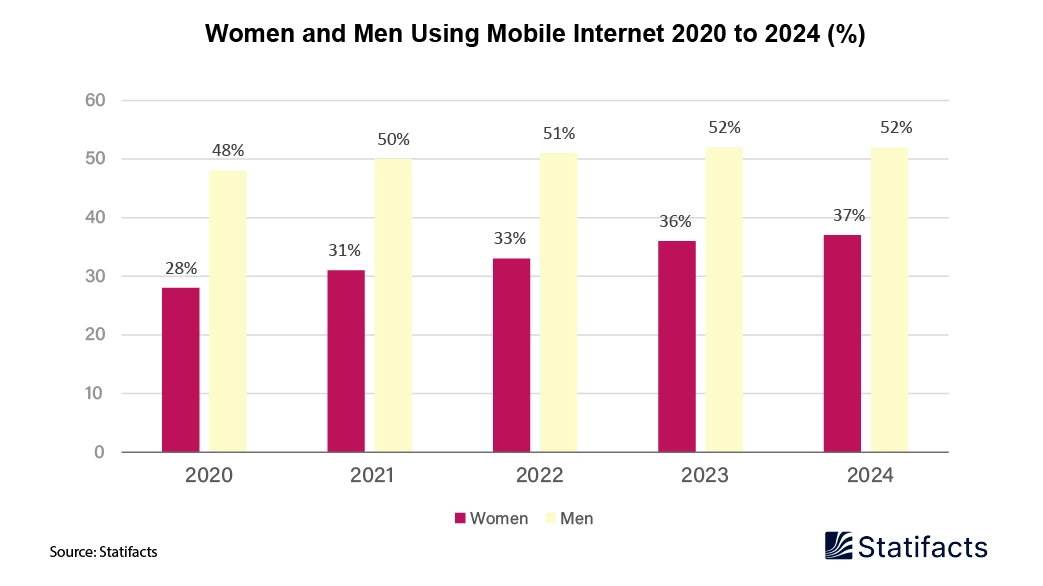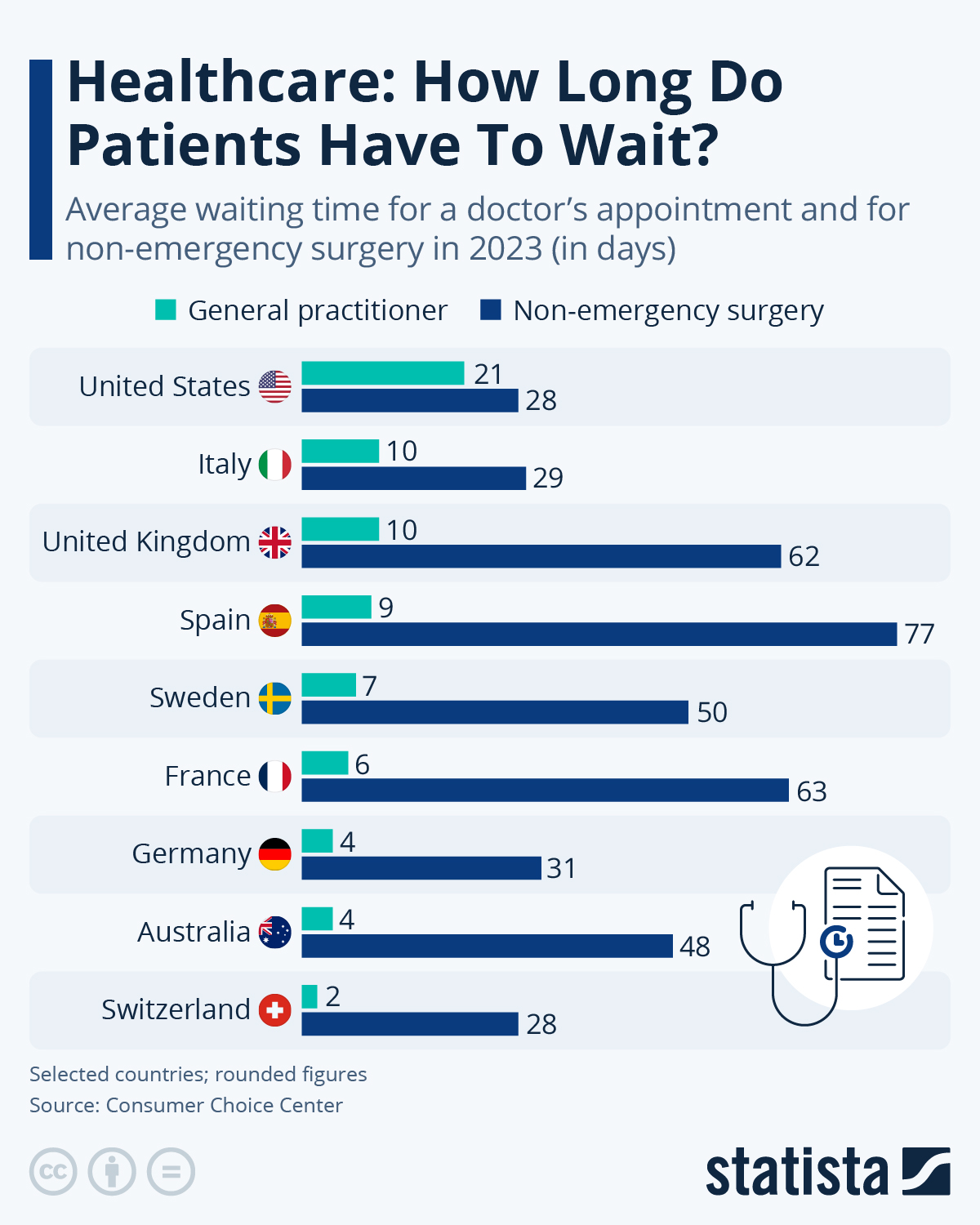Women’s Mobile and Internet Access in India
India continues to face a persistent digital gender divide when it comes to women’s mobile and internet access in India, with millions still lacking access to mobile internet. The National Family Health Survey-5 data conducted between 2019-2021 assessed men’s and women’s internet use for the first time and found that only one in three women in India (33%) have ever used the internet, compared to more than half (57%) of men. The digital gender divides in mainly observed in rural and low-income communities.

UNICEF’s ICT Gender Divide data shows that in South Asia, adolescent boys are 1.5 times more likely than girls to own digital devices or access the internet regularly, factors such as lower education levels, safety concerns and restricted device sharing within households are among the top barriers to women’s mobile usage in India.
- A study published in Ideas for India reveals that the digital gender divide is particularly wide in states like Bihar, Uttar Pradesh, and Rajasthan, where fewer than one in four women have regular access to mobile internet.
- Despite nearly 1.2 billion telecom subscribers in the emerging economy, participation when it comes to women's mobile and internet access in India remains low, especially in Tier 2 cities and rural geographies. In rural India, only 25% of women have regular access to mobile internet, compared to over 45% of rural men, highlighting an urban-rural gender divide.
- In many households, digital devices are shared, and men often receive priority access, resulting in shorter and less meaningful digital exposure for women. Women’s mobile and internet access in India is usually restricted to WhatsApp, YouTube, and basic search, whereas men are more likely to engage in financial services, e-learning, and e-commerce.
- Government programs like PMGDISHA (Pradhan Mantri Gramin Digital Saksharta Abhiyan) have trained over six crore rural citizens in digital literacy, with nearly half being women, but access gaps still remain post-training. Increasing women’s access to the internet could add $1 trillion to India’s GDP by 2030, according to various estimates tied to women’s economic empowerment.


